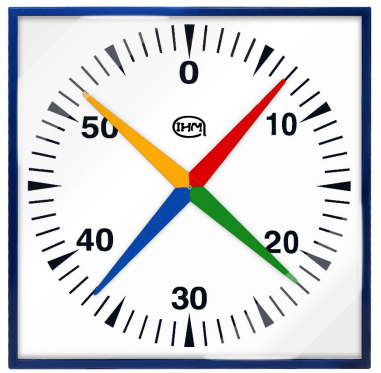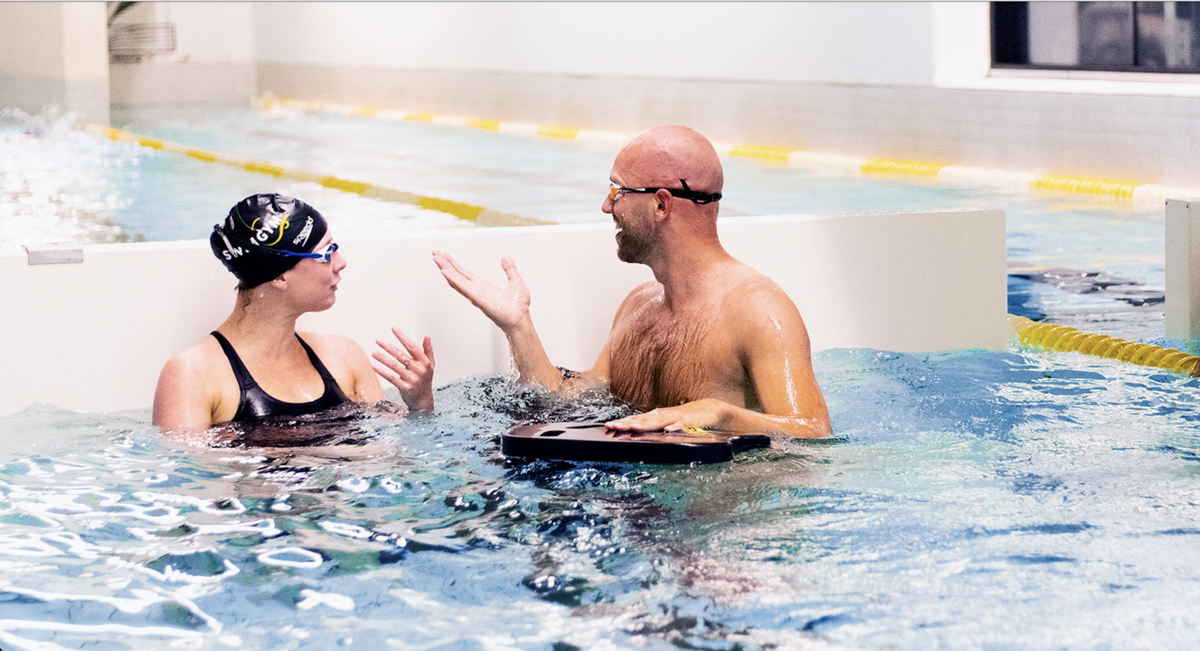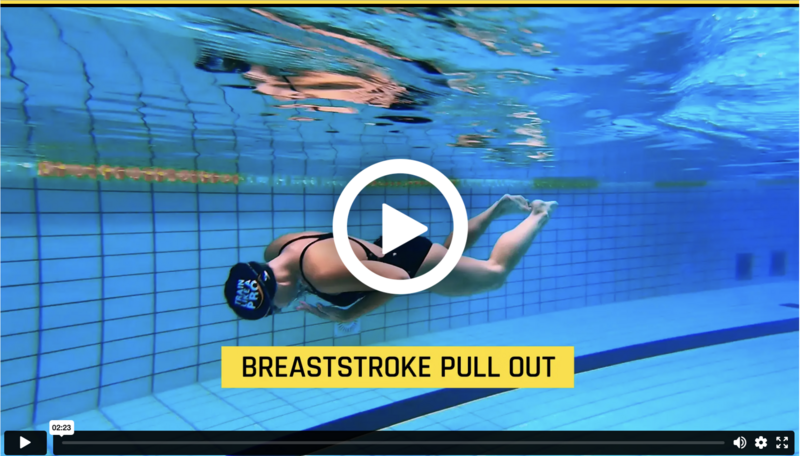Swimming blog - A quick guide in 'swimming slang'.
Time pressure has strange effects on us, including giving us the ability to invent new words as shortcuts. Swimming, being the time centered sport that it is, is no exception to this. From coaches that use specific swimming jargon to fellow swimmers that create slang to be able to shorten wall conversations. Sometimes it is important to catch up on the new generation of swimming slang, here is a short guide to help get you up to date with all the latest swimming jargon.
Swimming is one of the few sports in the world where the focus is on milliseconds, doing everything as quickly and efficiently as possible. From races, where we are constantly pursuing records (be it a team record or a personal record). To training, where we do our best to squeeze every last drop of efficiency out of the limited ‘in pool time’ us athletes are awarded.
It is for this reason that swimming has, for example, become infamous for the short rest intervals and coaches pushing their swimmers to swim during their rest as much dreaded “active recovery”. When you swim you are submerged in your own world, but as soon as your head exits the water and your friend also pops out a symphony of code words plays as you try and rush an out of breath conversation into the short wall time. Everyone has seen a meme about how you know that you’re talking to a swimmer because your conversation is happening in five second intervals.
Swimmers and coaches alike are being as efficient as possible in their conversations, and therefore inventing new terms on the fly to save those few seconds which can then be spent swimming. As a new or even experienced swimmer it can be difficult to keep up with the newest coaching jargon and swimming slang. For that reason you will find a list below of the most unique slang and often used jargon on the pool deck.
Coaching jargon
“F.R.I.M.” - This stands for ‘freestyle individual medley’, which means that the butterfly is replaced with freestyle, making the individual medley a more calming experience (or more lazy swimmers…).
“Build” - Starting easy, finishing fast. Throughout a given distance you gradually increase the tempo from an easy swim. There should be a noticeable difference between the start and end of the distance.
“Streamline” - A crucial part of the start of every swim, when pushing off the wall this is the most efficient body position to pierce through the water. Usually this streamline position is paired with underwater butterfly kicks.
“Stroke vs. choice” - Choice gives complete freedom by letting a swimmer choose whatever stroke they’d like to swim. But stroke limits that choice by excluding freestyle (that only leaves butterfly, backstroke or breaststroke).
“Bilateral breathing” - This means breathing on both sides, the best way to make sure that your stroke is completely in balance.
“On the top/on the bottom” - When a coach says this they are referring to an analogue clock where :00 would be at the top and :30 would be at the bottom. Another variation is a clock with four differently colored hands, in this case you would say “blue top” or “red bottom”

“Split lane (also known as: swimming sides)” - This is when you are in the lucky situation where you only have two swimmers in one lane. Each swimmer takes one half of the lane (either side of the black bottom line) and sticks to their side so that both can swim in a straight line.
“Drafting” - Swimming very close to the person in front of you (or close to the person in the lane next to you) to be ‘dragged along’ by their wake. This saves energy that can be used later on, something that triathletes do very often.
“Taper” - When a large event is coming up and the volume and intensity of training is gradually decreased to allow swimmers extra recovery and rest to maximize performance.
“Negative split” - This is when the second half of a swim is faster than the first. For example, when swimming 100m negative split, the second 50m should be faster than the first 50m.
“Hypoxic set” - A swim set where the focus is on the breathing, the swimmer is intentionally restricted in the amount they are allowed to breathe to build lung capacity and teach the body to become stronger under lower oxygen concentrations.
“Pull-out” - Just like the streamline this is the first action off of every wall while swimming breaststroke. It is when a swimmer pulls their hands back until they are next to their legs paired with a fly kick, and then sneaking their arms back up before the first stroke.
“Whistles during breaststroke” - On the topic of breaststroke, this one is not really a term but more a sound with a meaning. During the stroke you spend limited time with your head above water, in this time coaches often whistle to motivate their swimmers or to let them know to put in more power as they are closing a gap on a competitor or a competitor is catching up. If you hear this you know to really turn up the power!
Swimmers slang
“A lane hog” - One of the most annoying swimmers on the team, a swimmer that gets in the way of other swimmers trying to get to the wall to finish. Don’t be this swimmer!
“Sally save up” (also known as: “a sandbagger”) - Someone who puts in minimal effort throughout the entire set until the very end where they make one last fast effort (beating everyone in the process). This swimmer is often disliked by their fellow athletes 😠.
“Last one fast one” - Next to the rhyming nature this one speaks for itself. It is usually the last hard effort of a set where swimmers are encouraged to empty the tank! It often also ends up being a race among swimmers for bragging rights.
“No pain, no gain” - Stemming from the 1980’s this one is a motivator that pleads that more effort put in now (and pushing through the pain) will result in larger success and achievement in the future!
“A swammer” - This clever play on words refers to a former swimmer that has ‘retired’.
“Clean water” - One of the best feelings there is, a completely still pool. This feeling also occurs when a swimmer gets to lead a lane with no wake from other swimmers.
“Swimcest” - Being in a romantic relationship with a swimmer on your team. Swim teams are often seen as a family because of the vast amount of time spent together 😉
So the next time your head is underwater and you are submerged in your own world not thinking about what the coach just said but actually planning your next speedy wall conversation with your friend, think of the terms above to hopefully allow you to enjoy a little bit of a longer conversation!
P.S. don’t hesitate to ask your coach about the complicated swimming jargon they use! Everyone needs an explanation sometimes, especially when your coach comes up with a vague new term which makes 100% sense to them but no sense to us swimmers.
Written by Rafael Gubbels

